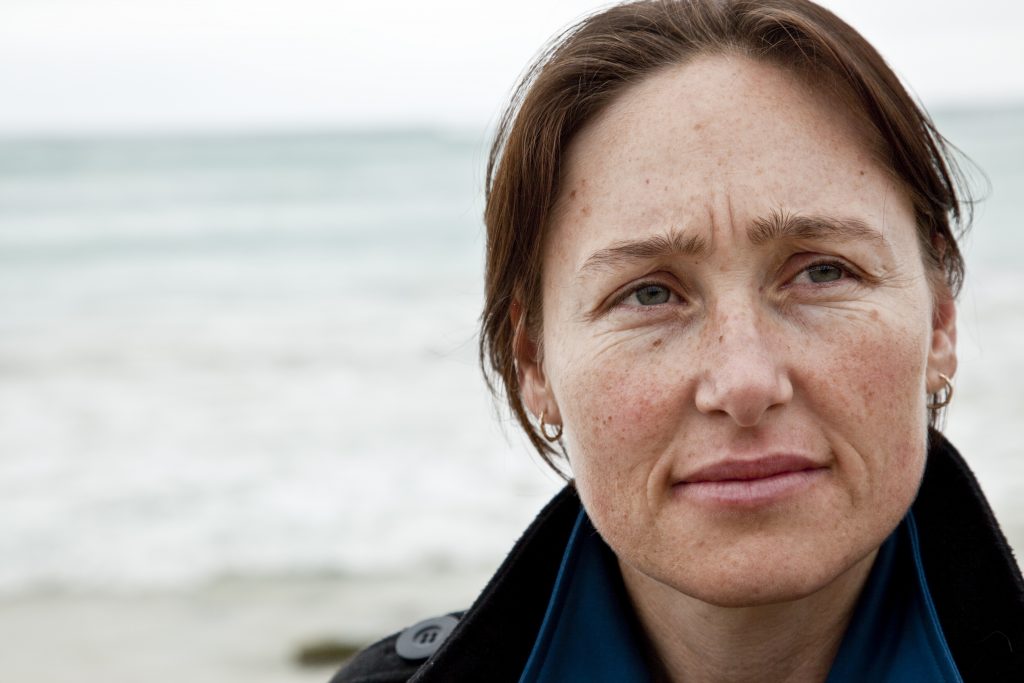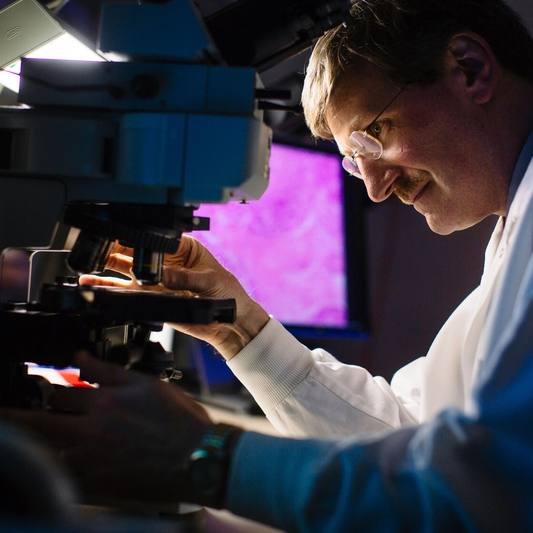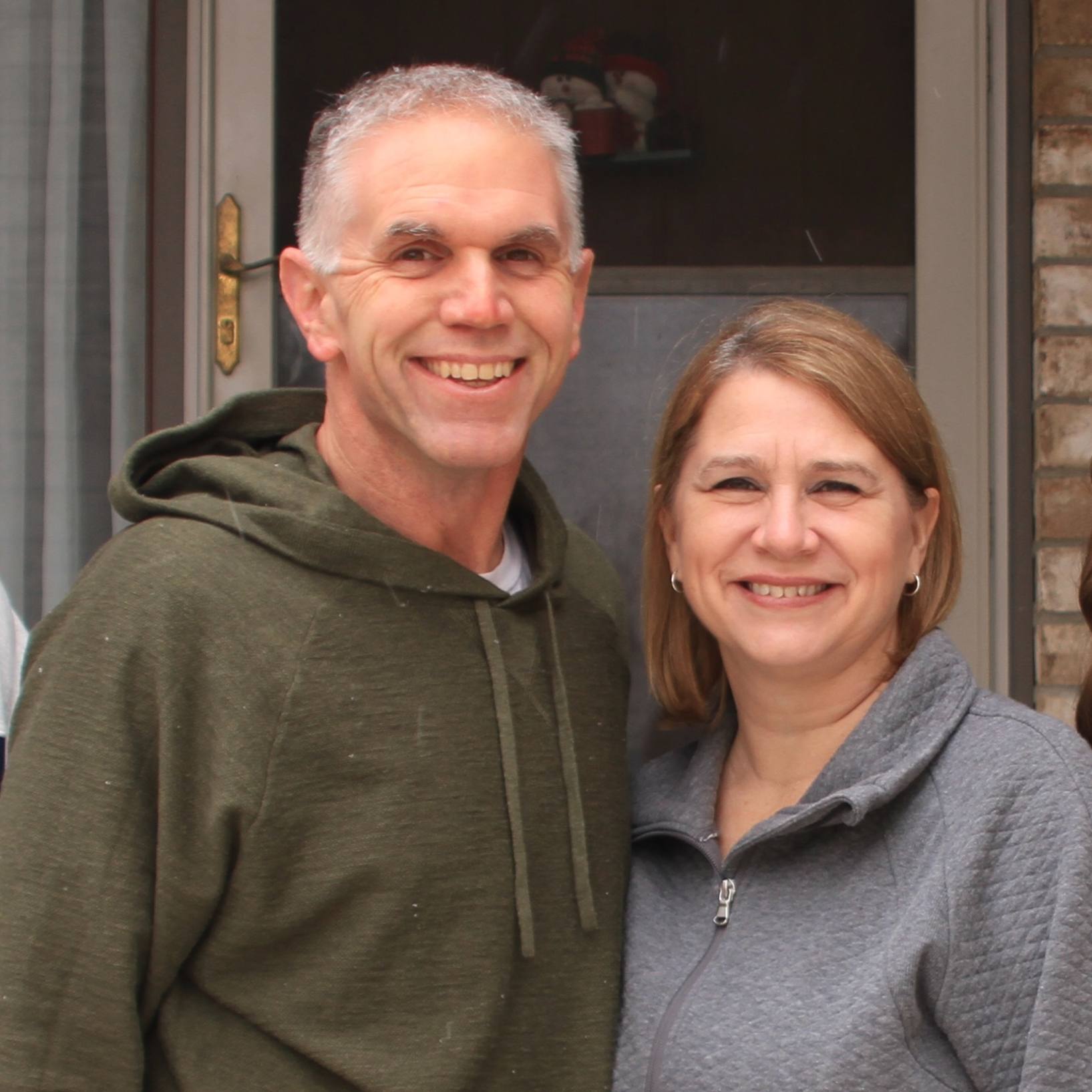-
Featured News
Mayo Clinic Q and A: New therapies help control flushing caused by rosacea
 DEAR MAYO CLINIC: My skin has always been dry, but lately it also gets really red to the point that I look like I'm extremely flushed. And then it goes away a few weeks later. Could it be rosacea? If so, how is it treated?
DEAR MAYO CLINIC: My skin has always been dry, but lately it also gets really red to the point that I look like I'm extremely flushed. And then it goes away a few weeks later. Could it be rosacea? If so, how is it treated?
ANSWER: You may be experiencing rosacea. While treatment options for this skin condition have been limited in the past, new therapies have been developed in recent years to control flushing and keep the condition in check.
Although anyone can develop rosacea, it’s more likely to occur in people with fair skin as they age. Women are more likely than men to develop rosacea, especially during menopause. However, the condition tends to be more severe in men.
The signs and symptoms of rosacea tend to erupt from time to time, appearing for weeks to months and then diminishing for a while. Over time, the symptoms may persist indefinitely. There are different forms of rosacea, with the most common form causing facial redness. The redness usually starts in the central part of your face, and may spread to the ears, neck, scalp and chest. Small blood vessels on your nose and cheeks often swell and become visible.
Other signs and symptoms may occur as well. Many people with rosacea develop pimplelike bumps (pustules) on their faces that resemble acne. People with the disease also may experience eye dryness and irritation, along with swollen, reddened eyelids. This is known as ocular rosacea. Over time, rosacea can inflame the skin on the nose and forehead, causing these areas to appear enlarged and thickened. This occurs more often in men than in women.
For many people, practicing good self-care and avoiding triggers is enough to manage these signs and symptoms. Good care of your skin may reduce or prevent flares. Ultraviolet light exposure is known to worsen rosacea. Apply a broad-spectrum sunscreen, which blocks both ultraviolet A and ultraviolet B rays, with a sun protection factor (SPF) of 30 or higher daily, and increase to SPF 50 when you’ll be outdoors. Wear a hat and avoid the midday sun. In cold or windy weather, wear a scarf or ski mask, as extreme temperatures and wind can irritate rosacea.
While it’s important to cleanse regularly, avoid products that contain alcohol or other skin irritants. Touch and cleanse your face gently — don’t scrub, and avoid exfoliants. In addition, a good moisturizer can relieve dryness and may help reduce skin sensitivity.
Many people with rosacea find common factors that appear to trigger flushing. You may find it helpful to keep a journal of your rosacea flares, including your diet, environment and emotions, so you know what to avoid. Common triggers include extreme temperatures; sun exposure; wind; hot beverages; spicy foods; foods containing MSG; alcohol; exercise; stress (including sleep deprivation); anger or embarrassment; and medications that dilate blood vessels, including some blood pressure drugs. Many of these triggers can be difficult to avoid, but awareness of those that provoke your symptoms can feel empowering.
In the past, little could be done to treat the redness and pustules of rosacea. But breakthroughs have occurred over the last few years. For mild to moderate rosacea, a topical treatment often is recommended. Newer medications work by constricting blood vessels or decreasing inflammation. Because the effect is temporary, these medications must be applied regularly to maintain improvements and can be expensive.
Other topical products address the pimples of mild to moderate rosacea. It may take several weeks for noticeable improvements to appear when using these drugs.
Some instances of rosacea may warrant other options. An oral antibiotic may be used to fight inflammation if you have moderate to severe rosacea. If you have severe rosacea that doesn’t respond to other therapies, your doctor may suggest an oral acne drug. Laser and other light-based therapies also can reduce the redness of enlarged blood vessels. However, this typically doesn’t cure the condition, and repeat treatments may be necessary.
Because there’s no cure for rosacea, continued treatment is necessary. With so many options available, work with your health care provider to find a treatment that’s effective for you. (adapted from Mayo Clinic Health Letter) — Dr. Dawn Marie Davis, Dermatology, Mayo Clinic, Rochester, Minnesota







